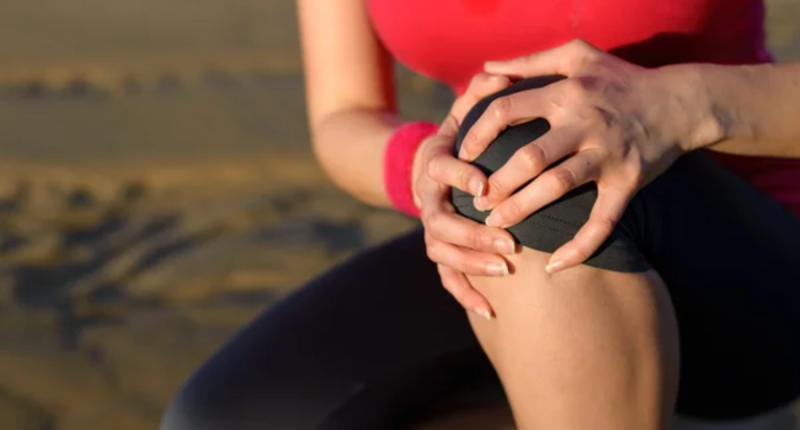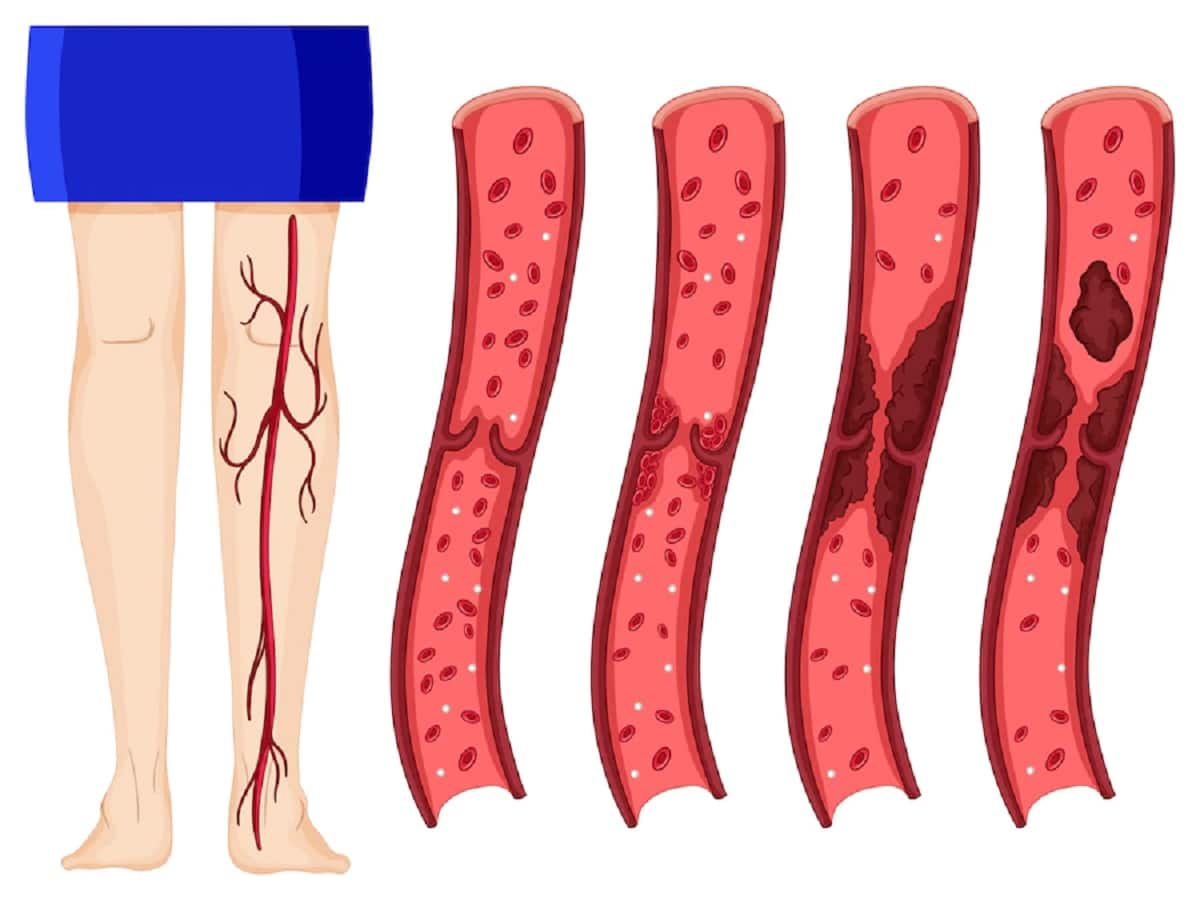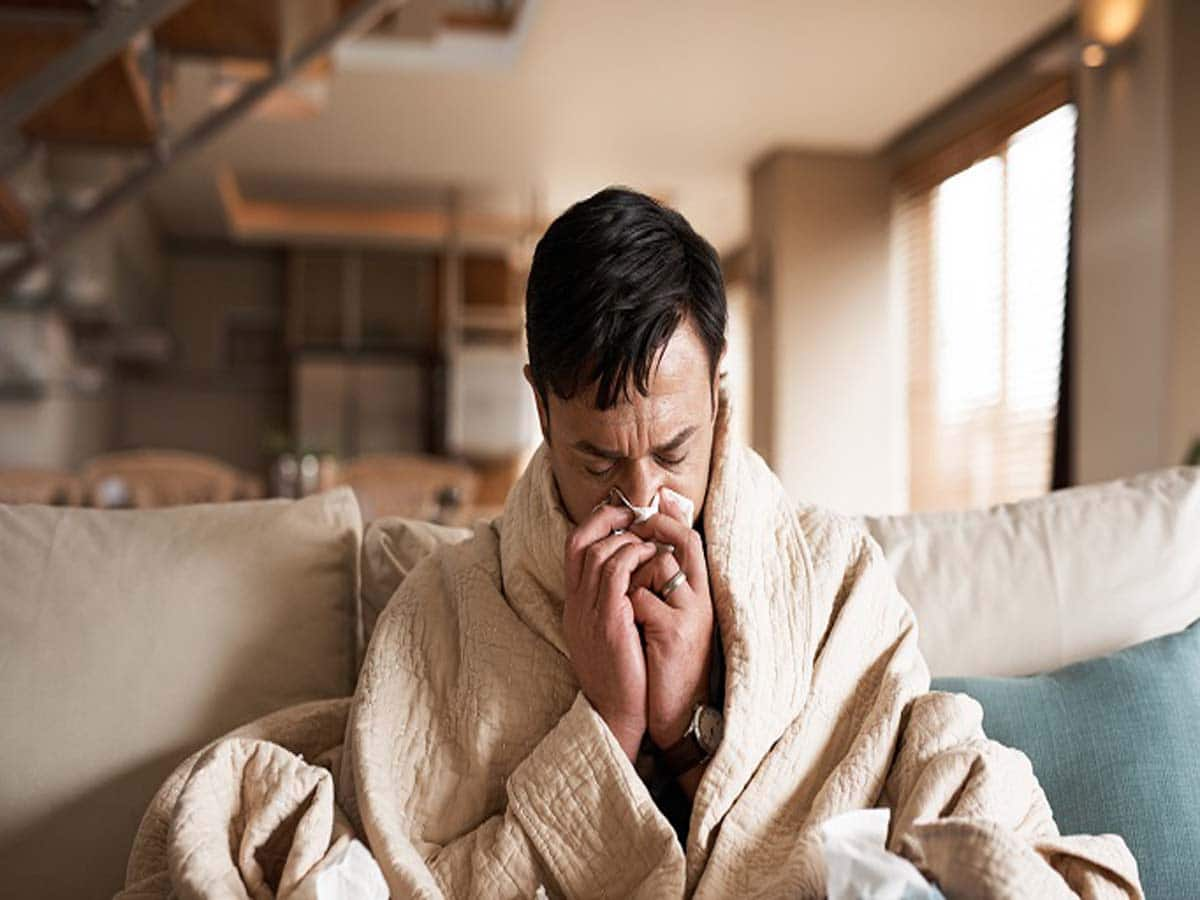knee Pain After Sitting With Legs Bent: Everything To Know – Knee pain is a common problem that can affect people of all ages. It can be caused by a variety of factors, including injury, overuse, and arthritis.
Knee pain after sitting with legs bent is a common complaint, especially in people who sit for long periods of time. This type of pain is often caused by a condition called patellofemoral pain syndrome (PFPS). PFPS is a pain in the front of the knee that is caused by irritation of the patella (kneecap) and the cartilage underneath it.
Causes of PFPS
PFPS (patellofemoral pain syndrome) is a common cause of knee pain, especially in adolescents and young adults. It is caused by irritation of the patella (kneecap) and the cartilage underneath it.
The exact cause of PFPS is unknown, but it is thought to be caused by a combination of factors, including:
- Overuse: PFPS is often caused by overuse of the knee, such as from running, jumping, or squatting. This can put increased stress on the patella and the cartilage underneath it.
- Muscle weakness or imbalance: Weak or imbalanced muscles around the knee can also contribute to PFPS. This can cause the patella to track incorrectly, which can lead to irritation.
- Patellar malalignment: Patellar malalignment means that the patella does not sit properly in the trochlear groove (a groove on the femur, or thigh bone). This can also lead to irritation and pain.
- Other factors: Other factors that may contribute to PFPS include:
- Flat feet
- High arches
- Obesity
- Previous knee injury
- Surgery on the knee
PFPS is more common in females and in athletes. It is also more common in people who have a higher Q-angle. The Q-angle is the angle between the thigh bone and the shin bone. A higher Q-angle can put increased stress on the patella.
Treatment of PFPS
The treatment of PFPS (patellofemoral pain syndrome) typically starts with conservative methods, such as:
- Rest: Avoid activities that aggravate your pain. This may mean taking a break from certain sports or activities, or modifying them so that they are less stressful on your knees.
- Ice: Applying ice to your knee for 20 minutes at a time, several times a day, can help to reduce inflammation and pain.
- Compression: Wearing a compression bandage around your knee can also help to reduce swelling.
- Elevation: Elevating your leg when you are sitting or lying down can help to reduce swelling and pain.
- Over-the-counter pain relievers: Nonsteroidal anti-inflammatory drugs (NSAIDs) such as ibuprofen or naproxen can help to reduce pain and inflammation.
If conservative methods do not relieve your pain, your doctor may recommend physical therapy. A physical therapist can teach you exercises to strengthen the muscles around your knee and improve patellar tracking. They may also recommend other treatments, such as:
- Patellar taping: Kinesio tape can be used to help support the patella and improve its tracking.
- Orthotics: Custom-made or over-the-counter shoe inserts can help to improve foot alignment and reduce stress on the knees.
- Injections: In some cases, injections of corticosteroids or other medications may be necessary to reduce inflammation and pain.
If all other treatments have failed, surgery may be an option. Surgery is typically only recommended for severe cases of PFPS that have not responded to other treatments.
Here are some additional tips for managing PFPS:
- Maintain a healthy weight. Excess weight can put additional stress on your knees.
- Wear supportive shoes. Shoes that provide good arch support and cushioning can help to reduce the risk of knee pain.
- Avoid sitting with bent legs for long periods of time. If you must sit for long periods of time, take breaks to stand up and move around.
- Warm up before exercise and cool down afterward.
- Be aware of your limits and don’t push yourself too hard.
If you have any questions or concerns about PFPS, please talk to your doctor.
More Tips
If you have knee pain after sitting with legs bent, there are a few things you can do to prevent it:
- Avoid sitting with bent legs for long periods of time. If you must sit for long periods of time, take breaks to stand up and move around.
- Strengthen your quadriceps muscles. This can be done with exercises such as squats, lunges, and leg extensions.
- Maintain a healthy weight. Excess weight can put additional stress on your knees.
- Wear supportive shoes. Shoes that provide good arch support and cushioning can help to reduce the risk of knee pain.
If you have knee pain that is severe or does not improve with home treatment, see a doctor. There may be an underlying medical condition that needs to be treated.
Foods for knee pain
There are a number of foods that can help to reduce knee pain and inflammation. These foods include:
- Omega-3 fatty acids: Omega-3 fatty acids have anti-inflammatory properties and can help to reduce inflammation in the joints. Good sources of omega-3 fatty acids include fatty fish such as salmon, tuna, and mackerel, as well as nuts and seeds such as flaxseed, chia seeds, and walnuts.
- Fruits and vegetables: Fruits and vegetables are packed with antioxidants and other nutrients that can help to reduce inflammation and protect the joints. Good sources of fruits and vegetables for knee pain include berries, cherries, citrus fruits, leafy greens, and cruciferous vegetables such as broccoli and cauliflower.
- Whole grains: Whole grains are a good source of complex carbohydrates, fiber, and other nutrients that are beneficial for joint health. Good sources of whole grains for knee pain include brown rice, quinoa, oats, and whole-wheat bread and pasta.
- Lean protein: Lean protein is essential for building and repairing muscle tissue. Good sources of lean protein for knee pain include chicken, fish, beans, lentils, and tofu.
- Calcium and vitamin D: Calcium and vitamin D are important for bone health. Strong bones can help to support the joints and reduce the risk of injury. Good sources of calcium include dairy products, leafy greens, and fortified foods. Good sources of vitamin D include fatty fish, eggs, and fortified milk.
FAQs
What is the most common cause of knee pain after sitting with legs bent?
A: The most common cause of knee pain after sitting with legs bent is patellofemoral pain syndrome (PFPS). PFPS is a condition that causes irritation of the patella (kneecap) and the cartilage underneath it.
Q: What are the symptoms of PFPS?
A: The main symptom of PFPS is pain in the front of the knee. The pain may be worse when sitting with bent legs, going up and down stairs, or running. Other symptoms may include swelling, stiffness, and clicking or popping noises in the knee.
Q: How is PFPS treated?
A: PFPS is typically treated with a combination of rest, physical therapy, and over-the-counter pain relievers. In severe cases, injections or surgery may be necessary.
Q: What can I do to prevent PFPS?
A: There are a number of things you can do to help prevent PFPS, including:
- Maintaining a healthy weight
- Wearing supportive shoes
- Avoiding sitting with bent legs for long periods of time
- Strengthening the muscles around the knee
- Warming up before exercise and cooling down afterwards
- Being aware of your limits and not pushing yourself too hard
Q: When should I see a doctor for knee pain?
A: You should see a doctor for knee pain if the pain is severe, persistent, or interferes with your daily activities. You should also see a doctor if you have any other symptoms, such as swelling, redness, or warmth in the knee.








